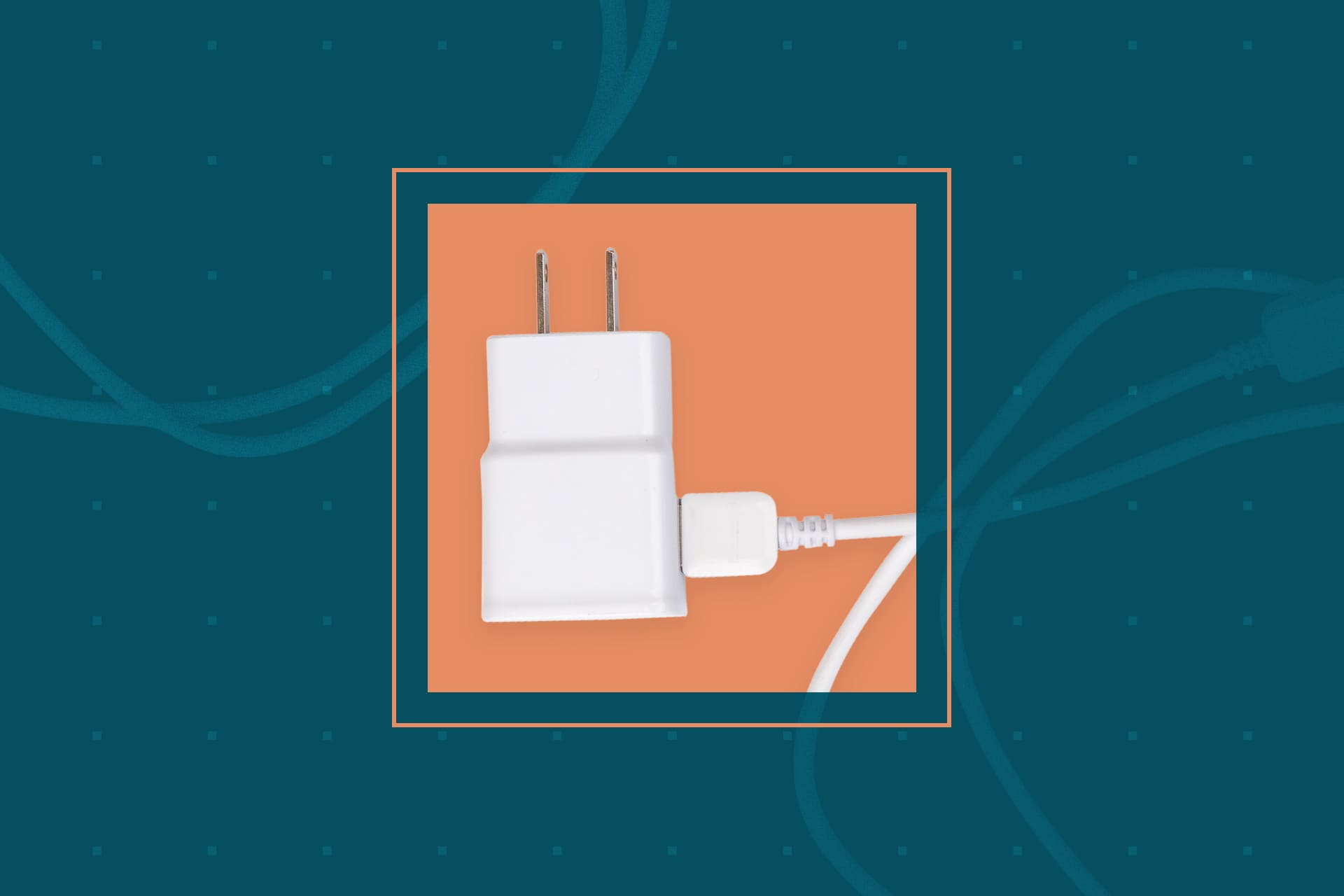
We are reader-supported. When you buy through links on our site, we may earn an affiliate commission.
Vampire energy is a fun term for a very sobering problem. A passive device still draws power. Even when your appliances aren’t plugged in, they’re pulling “phantom plug loads” that will ultimately contribute to your monthly electric bill. Pretty scary, right?
There’s nothing to fear. Fortunately, you have tools at your disposal that can help locate and identify the source of the wasted electricity. With the proper management, vampire power becomes a nonissue, and you’ll no longer be spooked by your monthly bill.
Plus, identifying and fixing the problem is very DIY-friendly. All you’ll need is a watt-meter and a power strip to fix the problem of phantom plug loads. The former will set you back less than $20 if you choose an inexpensive model, and the latter is often less than $10.Before you begin, take note of the types of household item likeliest to draw phantom power, with average wattage.
- Video game console: 63.74 W
- Television set: 48.5 W
- DVR with cable: 43.61 W
- Cable box: 30.6 W
- DVD player: 10.58 W
- Stereo: 5.44 W
- Microwave with clock: 4.9 W
- Inkjet printer: 4 W
- Coffee maker: 2.7 W
- Cellphone charger: 1 W
Take the following steps to tackle these vampire energy leaks and start running at peak efficiency in no time at all.
1. Unplug Your Appliance
Find an appliance in your home that you suspect to be a phantom load and unplug it from the outlet. Act with caution, though. Certain devices present a hazard with overzealous handling, like electric water heaters, alarm systems and sump pumps, and others might malfunction, like internet routers and DVRs. You don’t have to sacrifice your quality of life in your quest to eradicate vampire energy, so be sensible when choosing what to unplug.
Once you’ve removed it from an outlet, slowly and safely, plug your appliance into the watt-meter.
2. Plug the Appliance/Watt-Meter Into the Wall
While it’s true that not all devices use extraneous energy when plugged into an outlet, older models frequently do. After you plug the watt-meter — attached to the appliance you’ve decided to test — into the wall, check the meter to see if it’s drawing any energy. If it registers power, you have a phantom load.
3. Test Every Appliance in Your Home
Though it may be an exhausting endeavor, taking a few hours to assess every appliance in your home will save you a significant amount of money. According to Berkeley Lab, inactive appliances are responsible for roughly 10 percent or more of your electric bill. The average home wastes 1,800 kilowatts of power a year. These shocking statistics should be enough to convince you that testing is time well spent.
- In the long term, keep an eye on your electric bills and note any unusual patterns or spikes of usage. This will help you determine if a new device may be becoming an issue without needing to test everything in your home again.
4. Decide What to Unplug or Leave In
There’s no reason to disturb a device that isn’t drawing a phantom load, but if you find that many of them do, remember that fixing the problem is as simple as pulling the plug. It’s a minor inconvenience to plug in a device you intend to use, and it’s worth the money you’ll save.
One major vampire energy culprit is an entertainment system, for example. Sure, you may not unplug your TV every time you finish a show. But you should certainly do so if you’re away for the weekend. There’s no reason your entertainment system needs to be on call when you’re not home.
Additionally, unplugging devices that aren’t in use is eco-friendly and helps preserve the environment. Conserving electricity reduces carbon emissions that affect climate change and raise global temperatures. It’s a win-win for everyone involved.
5. Move Phantom Load Items On To a Power Strip
A power strip allows you to turn your phantom load appliances on and off with greater convenience. Instead of moving from outlet to outlet, drawing each individual plug from the wall before you leave a room, all you have to do is flip a switch to deactivate the power strip. It’s as simple as that, and will soon become a must-have item in every place you call home.
Advanced power strips are available with outlets that serve different functions, giving you more freedom when you decide what you want to turn on or off. Whichever model of power strip you decide to use, you’ll see a significant return on your investment.
Additional methods exist to combat phantom loads. Devices are available that automatically shut off when not in use. When renovating a room in the future, for example, you can ask to include switch-controlled sockets that activate or deactivate power automatically to avoid the chore of removing every plug. You’ll permanently say goodbye to your vampire energy problem.
Vampire Energy is Everywhere
People with old toasters living in residential homes aren’t the only demographic affected by the menace of phantom plug loads. With their tangle of cables and mismatched wires, you’re likely to see phantom loads in office buildings as well. However, there’s a solution for everything
.A strategic restructuring of a workspace can allow for higher exposure to natural light, lessening the need for artificial sources. Additionally, an investment in smaller devices that are designed to save energy will reduce the final bill at the end of the month. Many cite Energy Star products for their reliability.
Through awareness and application of conservation techniques, everyone can do their part to lessen consumption. Don’t let phantom plug loads haunt your wallet.










